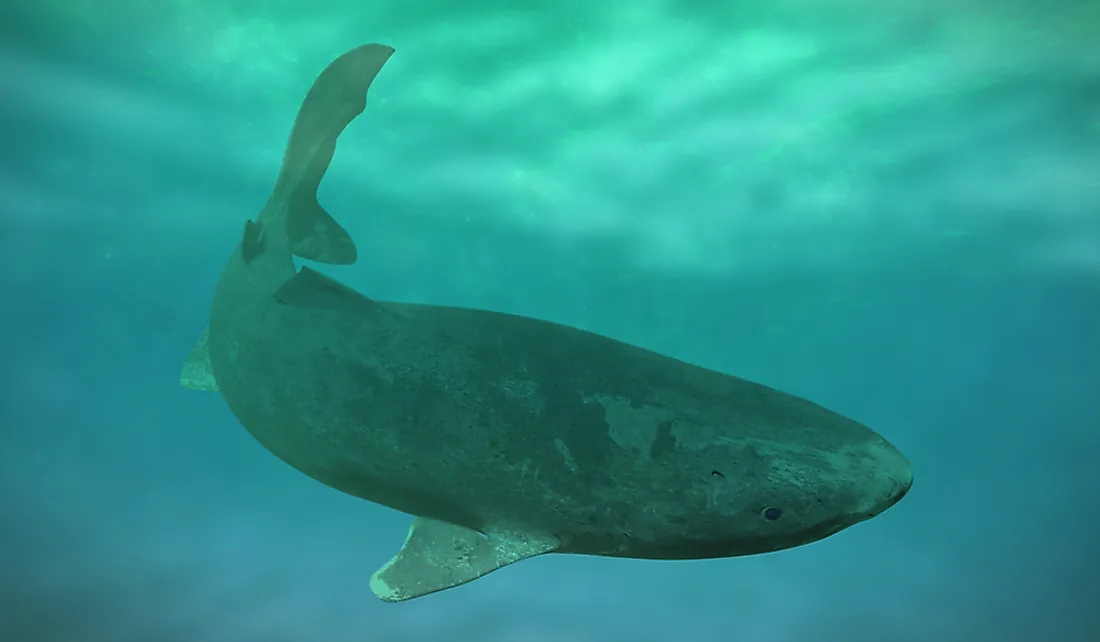What Are The Biggest Threats To The Greenland Shark?

The Greenland shark is a member of the sleeper shark family closely related to the Southern and Pacific sleeper shark. It is the longest-living vertebrate known and can live for approximately 300-500 years. The species is commonly found in cold environments, especially the waters of Arctic Ocean and the North Atlantic Ocean, from the Baffin Bay to the Barents Sea. The Greenland shark is one of the longest fish species reaching a maximum length of 23 feet and a weight of 2,260 pounds. The species is considered near threatened by the IUCN. It is estimated that the population of the Greenland shark is low, with an estimated doubling life of 14 years. Some of the threats faced by the Greenland sharks in their habitat are commercial fishing, bycatch, climate change, and parasitic attacks.
Commercial Fishing
The Greenland shark is valuable for its liver oil; approximately 30 gallons of liver oil can be obtained from a large shark. However, the flesh of the Greenland shark is considered toxic and is rarely eaten unless properly cleaned and boiled before consumption. In Iceland, the shark meat is fermented known as Hákarl. Greenland sharks have been commercially fished since the early 19th century. It supports fisheries in Iceland, Norway, and Greenland. In the early 1900s, over 30,000 sharks were caught annually. Although the amount of annual catch has reduced significantly, fishing still poses a major threat to the existence of the Greenland sharks. Small scale subsistence fishing in the Arctic waters harvest fewer than 100 sharks individually. However, this number of catch is still higher compared to the population of Greenland shark in the Arctic.
Bycatch
Additionally, about 1,200 individuals are also caught accidentally in the process of fishing trawls. The accidental catch is often disposed of because their flesh is considered toxic for consumption. In the 1970s, eradicated hundreds of Greenland sharks since they considered them a nuisance to other valuable fish.
Climate Change
The Greenland shark prefers cold environment, especially places with ice cover. Ice acts as food delivery device. As it melts, the dead animals are delivered as a potential meal. However, over the years, the ice has been retreating because of the effects of climate change. As the ice shrinks further, the supply of food is cut off, forcing the Greenland sharks to migrate to other environments to look for food. Although little is known about the lifestyle of the Greenland shark, what is certain is that it will be living in a different Arctic in a few decades from now due to climate change.
Parasitic Attack
Although Greenland sharks do not have known natural predators, they are prone to parasitic attacks. The common parasite that attacks the shark is the Ommatokoita elongate. The parasite attaches itself to the eyes of the shark and causes corneal lesions which lead to impaired vision or even partial blindness. In most cases, only one eye is often attacked by the parasite, leaving the other eye. In some population, 90% of the sharks carry these parasites. However, the parasitic attack does not significantly affect the shark as it does not rely entirely on keen vision. Other sources also believe that the copepod attracts prey for the sharks but there is no scientific evidence that supports the theory.











